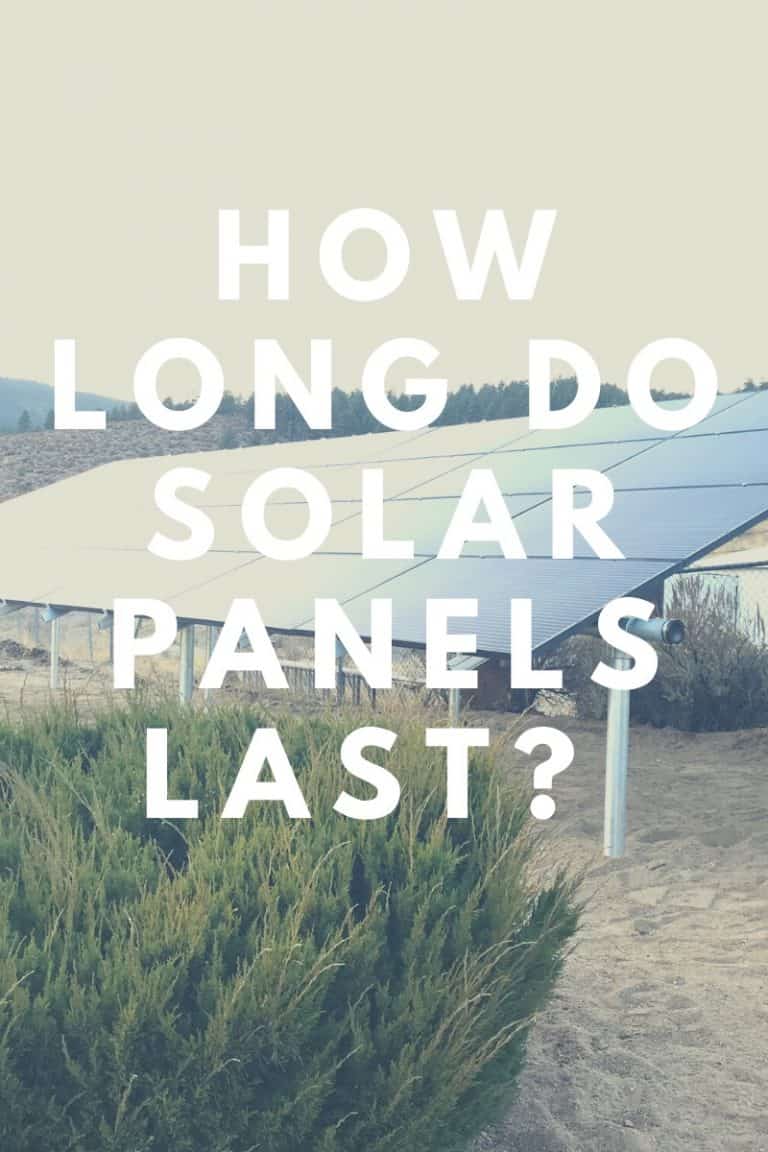How Long Do Solar Panels Last?

All electricity-based technologies, including solar panels, degrade over time. However, as part of this decade’s technological advancement, we have seen degradation rates decrease, which increases the lifespan of different electricity-based products. While some replace their products with newer models, the device they’re replacing often still works.
The longevity of solar panels has also followed this trend. While some people upgrade their systems when their warranty expires, others have let their arrays continue to run, finding they’ve worked well despite being past the modules’ production warranty timelines.
Average Solar Panel Lifespan
The average home solar panel system has equipment and performance warranties from the manufacturer. Manufacturers determine warranties by how long they feel the product will produce at excellent levels.
Most equipment warranties last 10 years, but some last up to 25. This warranty covers the operation failure of a solar panel, but it can also cover malfunctions caused by the weather.
The average performance warranty for solar panels offers 80 percent efficiency over 25 years of production. Performance warranties guarantee that solar panels will produce a certain amount of power. These warranties also provide customers a projected lifespan for their solar arrays.
Solar Panels Degradation
The degradation rate tells homeowners projected lifespans of their solar system. For example, a solar panels warranty of 80 percent for the first 25 years equals an 0.8 percent annual degradation.
Both a 2012 photovoltaic degradation rate study and a 2015 degradation study, performed by NREL found a solar panel degradation rate mean of 0.8 percent and a median of 0.6 percent. However, how much longer the solar array lasts past the 25-year warranty depends on two things. 1) What percentage of panels production the homeowner finds acceptable, and 2) the causal factors of degradation. With these factors in mind, a solar array can last 40 to 50 years.
What Causes Degradation
While solar panels naturally degrade over time for a number of reasons, some degradation issues occur more regularly. Discoloration and delamination cause the most solar array failures. However, discoloration and delamination occur via heat-related issues.
Discoloration in Solar Panels
Discoloration occurs over time as the solar panels become exposed to heat. When solar panels start to discolor, this hinders sunlight from reaching the solar cells, which reduces production.
PV and Delamination
Delamination can occur because of manufacturing issues with the laminate or heat. When a solar panel delaminates, the moisture in the air can enter the solar panel, causing corrosion. Whether you live in a humid-hot climate or a cold-dry area, solar panels will last at least 25 years.
Maximizing System Efficiency and Durability
Tactics for maximizing efficiency and durability of solar modules range from preventative maintenance to post-solar habits and home updates. These different measures needn’t co-occur all at once.
Solar Panel Preventative Maintenance
While solar panels don’t need constant maintenance, some actions increase production. Cleaning solar panels and decreasing snow build-up helps solar panels produce more throughout the year.
Cleaning Solar Panels
Cleaning solar panels helps especially in areas that don’t have regular rainstorms. When solar arrays don’t have build-up, it increases the amount of sunlight that hits the solar cells, which increases production and system efficiency.
Solar Panels and Snow
Areas that have seasons of intense snowfall can bury solar panels, meaning the solar panels don’t see the sun unless someone removes the snow.
Get the Most From Your Solar Array
To get the most from your solar array, decrease energy consumption or use high-energy appliances during the day. Decreasing the amount of electricity will also add longevity to the solar array’s production and efficiency.
Installing battery backup helps store excess energy, too, so you don’t have to rely on the local utility’s net metering rates. Adding a smart thermostat can help reduce the amount of electricity needed for cooling and heating. When combined, these energy decreasing options and potentiating of solar modules’ efficiency will maximize the ROI for solar-powered homeowners.



Send a Message
Oops! We could not locate your form.